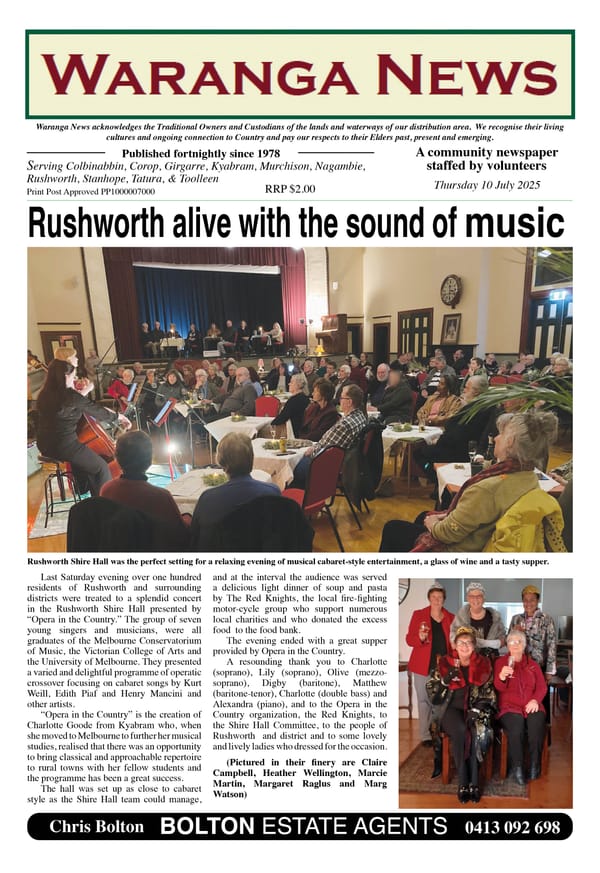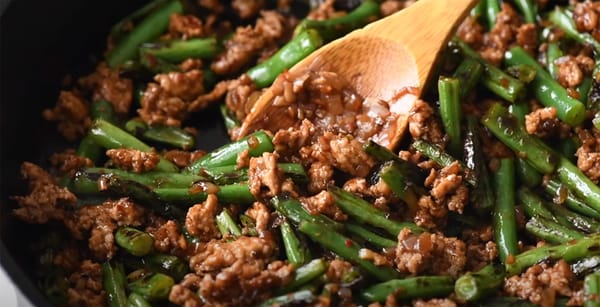23. Major life events

Various sources record major life events such as births, marriages and deaths. These include the office of Births, Deaths and Marriages Victoria, originally set up after Victoria became a separate colony in 1851. Records established in the early years of the gold rush were not always comprehensive but using things like newspapers and cemetery records can help to create a clearer picture.
Most of the Chinese who came in search of gold arrived from the mid-1850s onwards, by which time the new Victorian government had put people and infrastructure in place to record births, deaths and marriages. However, it would have been hard to cover the whole state at a time of immense upheaval. Newspapers were well established in the cities but not in country towns like Whroo and Rushworth at that time. The first Rushworth Cemetery, south of the town, dates from 1853, while the Whroo cemetery was gazetted in 1860. Early record keeping could be patchy. As a result, what follows does not provide a complete picture.
BIRTHS
There were not many births of people of Chinese descent in the early days of the gold rush. Firstly, there were comparatively few women on the goldfields. Also, the vast majority of the Chinese men who came to the rushes were not accompanied by wives or other women.
Births that did occur often resulted from relationships between Chinese men and European women. Some of the early recorded births are those of the children of Ah Cheong (later known as Luke) and Ellen (or Helen) Donovan. Their seven children were all born at or near Whroo in the 1870s and 1880s, although two do not appear to have been recorded with the BDM office of the day. For two others, the name is misspelt Ah Choeng. On the birth records Ellen gave her previous surname as Anderson, although in she used the name Donovan for her marriage record.
MARRIAGE
As previously stated, marriages of Chinese men were uncommon in the local area in the latter part of the 19th century. If they married European women, the couple was often subjected to prejudice. The Ah Cheongs have already been mentioned. “Charles” Ah Ping married an Annie McDonald on 15 March 1889. Charles was a market gardener operating from a rateable 10 acre property on Crown Land in the parish of Moora.1 There was also a woman who gave her name as Elizabeth Loug, who was living in the Chinese camp at Main Gully, Rushworth in 1910 when she was a witness at an inquest. However, it is not clear whether she was married to a Chinese man.
Even rarer than marriages to European women were marriages between two Chinese people, as very few Chinese women came out to Australia. Charles Robinson, editor of the Waranga Chronicle, reported on one such wedding in the local paper. The groom’s name was Cheong Ah Lick, with his wedding to a 19 year old bride attended by many Chinese people. “Their enthusiasm, so evinced by the consumption of whiskey and the destruction of crackers, was boundless.” Robinson continued in a mocking tone “The beauteous bride, o’er whose raven locks have passed, whose bright eyes so recently illumined our darkness, whose silvery laugh has yet to echo in our ears, left for town with her moon-faced groom, on Tuesday, in a cabbage cart.”2 Such casual racism was common in those days.
DEATHS
The major event that most commonly occurred for Chinese people in the Waranga area through the 19th and into the 20th century was their death. A large majority of those who came to Australia seeking gold returned to China, but many stayed in the local area. As we have seen, some married and may have started families. Quite a few were single men who for one reason or another opted to stay in Australia.
Many of these worked in and around local towns. This may have been by choice if they had other friends still living locally and had found a way to make a living after the gold rush waned. Some of them were too poor to return to China: several were clearly destitute when they died, as evidenced by inquests into their deaths.
Sources: 1 BDMV and information supplied by Tracey Bons 31.5.2021; 2 Walkabout magazine 1.3.1968 p 30-1




